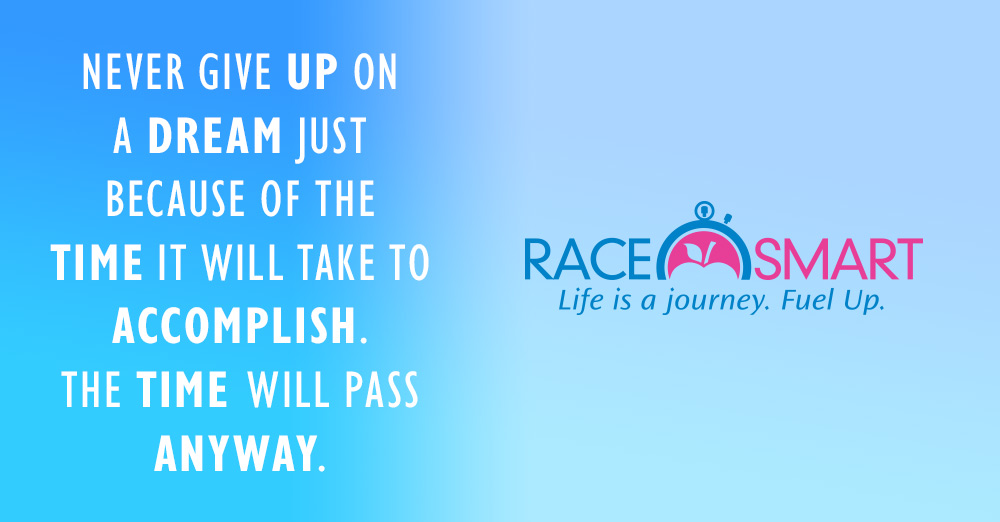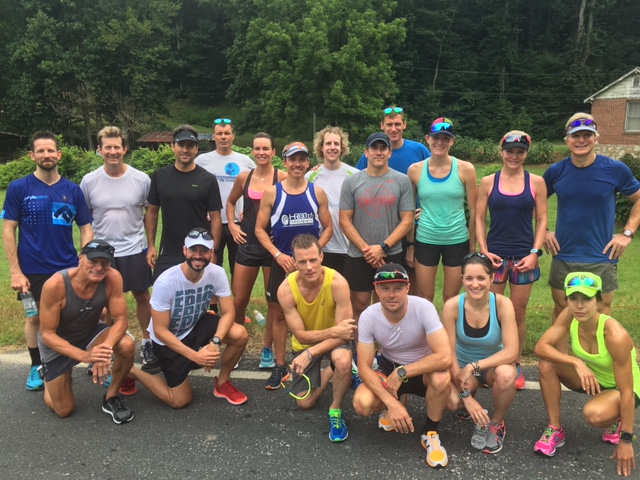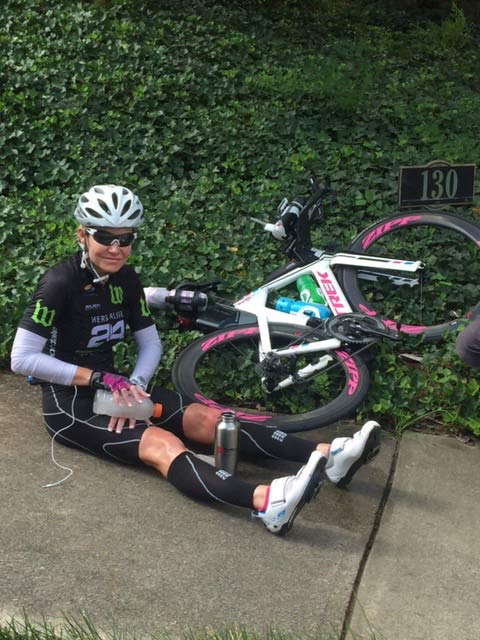How to Plan Your 2015 Race Season

How to Plan Your 2015 Race Season
It’s cold and dreary outside, the holiday festivities are over, and it’s time to get back to work. Welcome to January! Whether your self-discipline fell by the wayside in December or you’re just feeling the winter blahs, you need something to jump-start the triathlete lying dormant deep inside of you.
Let’s start with making a list of your 2015 goals, accomplishments that you believe are 60% achievable. This would be a dream goal that you would love to achieve but fear of failure is standing in the way. Now, go ahead, write them down on a 3”x 5” note card or piece of paper and tape this to your bathroom mirror. On my note card, I’ve broken my goals into Personal, Professional, Spiritual, and of course Physical/Performance.
Whatever your athletic goal is—setting a PR, climbing the age group ladder, improving your swim, bike, or run time, overcoming a fear of open water, or finishing your first triathlon—the best way to achieve it is to plan your 2015 race schedule. Identify a few challenging races that pique your interest and sound fun. This will spur you along, get you out of bed, and motivate you to join that masters swim, morning run, or weekend group ride. Seeing your goal twice a day as you brush your teeth will also help you keep it in focus.
Define your Distance
Which races to sign up for? First, decide what distance you want to focus on this year. If you’re new to triathlon, start with a sprint distance. If you have an endurance background, then you might enjoy an Olympic distance triathlon. Perhaps you want to improve in the 70.3 distance? In that case, start with a few spring duathlons and Olympic distance triathlon or two, and by late spring/early summer, you’ll be ready to race your first of several half Ironman races.
Priority Races
Each and every race you register for must have a purpose. For example, if your goal distance is a half ironman, then select which races you want to peak for. Ideally, they’ll be 3-4 months apart. Since you will want to give your best effort in the A race, make sure to schedule supporting races to test your fitness beforehand. These are your B races, and you won’t be completely tapered for them. You might also sign up for races that are convenient and fun, but that you can do without worrying to much about your finish times. Let’s call those your C races.
To review, plan the A race schedule first, then B races as supporting training, and C races early or late in the season as fun fitness events.
Other Important Factors
Time of Year: Consider the support you will need from family or friends, and the time away from work and family you’ll need for training/racing. It takes a team to nurture an athlete and a support system to provide motivation and encouragement when training gets tough. So plan wisely and choose a time when you will have optimal support and time to prepare adequately.
Climate and course: These are critical factors when selecting an A race. Do you perform best in hot and humid climates, or in cooler weather? You can’t control the weather, but you can reduce your odds of poor performance by choosing races in your preferred climate. Keep the training cycle in mind, too. Will you be training indoors or outdoors, and how does that jive with your life and training preferences?
In terms of a run and bike course, do you prefer flat, rolling, or hilly? High altitude or low? What kind of surface do you like to race on? For a swim race, keep the setting (lake, ocean, or pool), conditions (water temperature), start style (beach, mass, wave), and rules (wetsuit legal or non-wetsuit legal) in mind.
Travel: If this is a vacation destination race involving multiple time zones, allow 1 day per time zone to acclimate before the race and anything else that might affect your performance on race day.
Training plan: How will you train and prepare for your A race(s). Will you use a pre-built training plan, hire a coach, or create your own plan? Think about off-season and periodized training cycles so you can best utilize your time and achieve optimal fitness gains with the amount of time you can dedicate to training each week.
Training partners/groups: It can be helpful to join a group swim-bike-run to break up the monotony and add some spice to your training. Consider how you can incorporate a master swim session or a group ride or long run at least once a week. It will keep you accountable—and you might even make some new friends.
On Your Mark, Get Set, Goal
Signing up for a race is a big commitment. Performing your best on race day takes money, time, and dedication, but specific performance goals will motivate you to wake up each day ready to train and do your best. Stay focused, but be gentle on yourself, too. Training when you’re sick, missing out on family time, or falling behind at work will only add more stress and hinder your performance.
Most importantly, enjoy the journey and remember that your successes happen both on and off the race course. No matter what happens on your big day, be joyful and grateful to your body—it does amazing things. Smile, do your best, and have fun!
How to Plan Your 2015 Race Season









